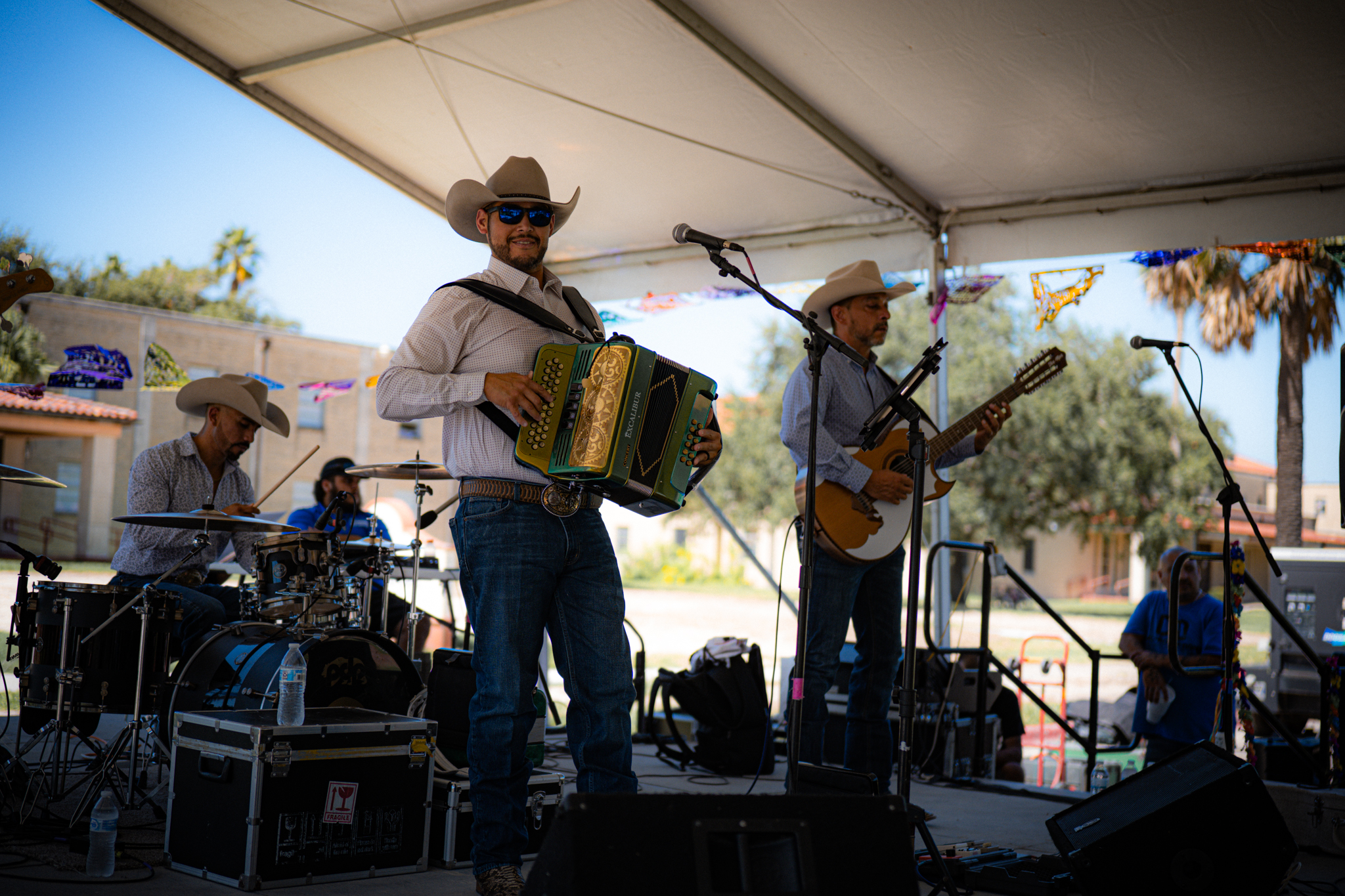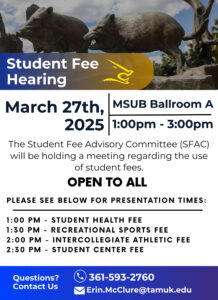Community shows out for festival
The Conner Museum hosted its Third annual Tamalada Festival, which drew an even larger crowd this year, continuing its growth as one of the university’s most celebrated events.
“The first year we were hoping to get a couple hundred people, and we ended up having almost a thousand. Last year 1,700, I don’t know how many we’ll have [this year] but I think we are pretty close if not exceeded that,” Director of Administration and Operations Kathy Pawelek said, reflecting on the festival’s rising popularity. The success of the festival highlights the community’s enthusiasm for celebrating culture and tradition.
For the first time, the festival featured performances from the university’s Folklorico dancers, adding a new and colorful element to the celebration.
“I think Folklorico is really beautiful, you get to showcase many regions of dance … it’s just really beautiful to be a part of these dances to showcase our heritage and our culture,” Samantha Salinas, one of the performers said. Her performance, alongside her fellow dancers, captivated the audience and emphasized the cultural significance of the event.
In addition to the performances, festival attendees enjoyed food trucks and the festival’s namesake: tamales. One of the event’s main attractions was a hands-on experience with grinding corn with a metate. Members of the community and school alike gathered around for this authentic Hispanic tradition.
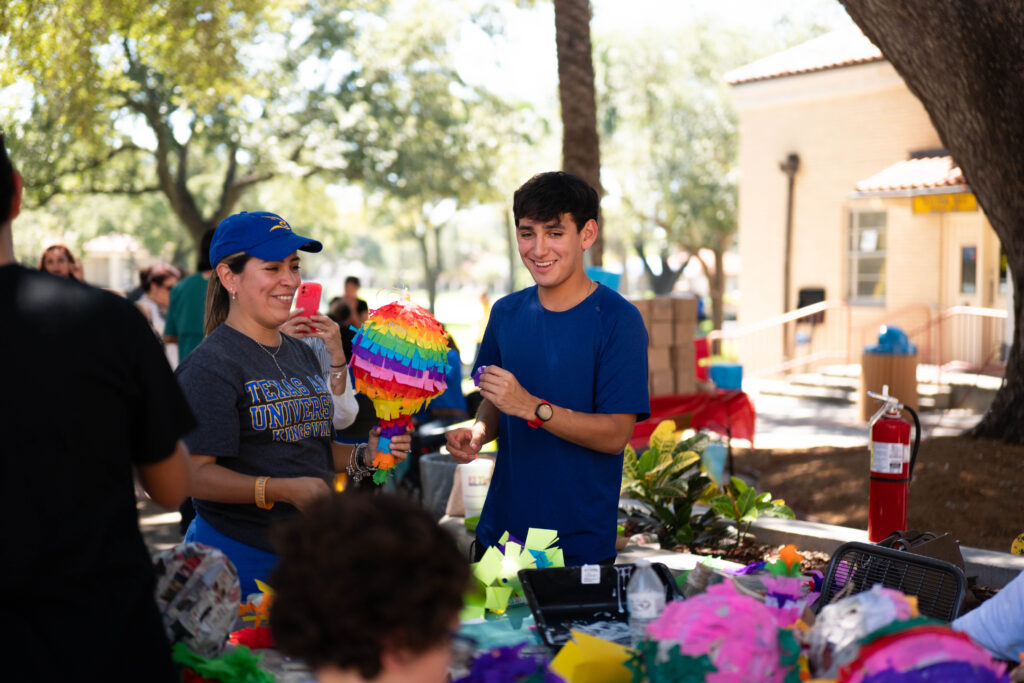
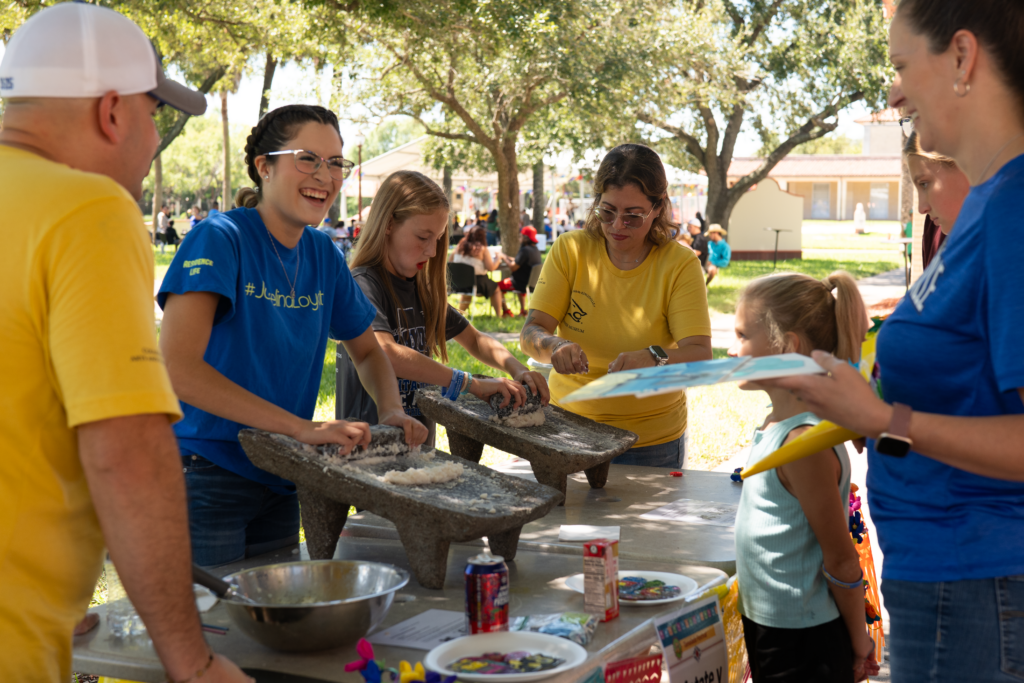
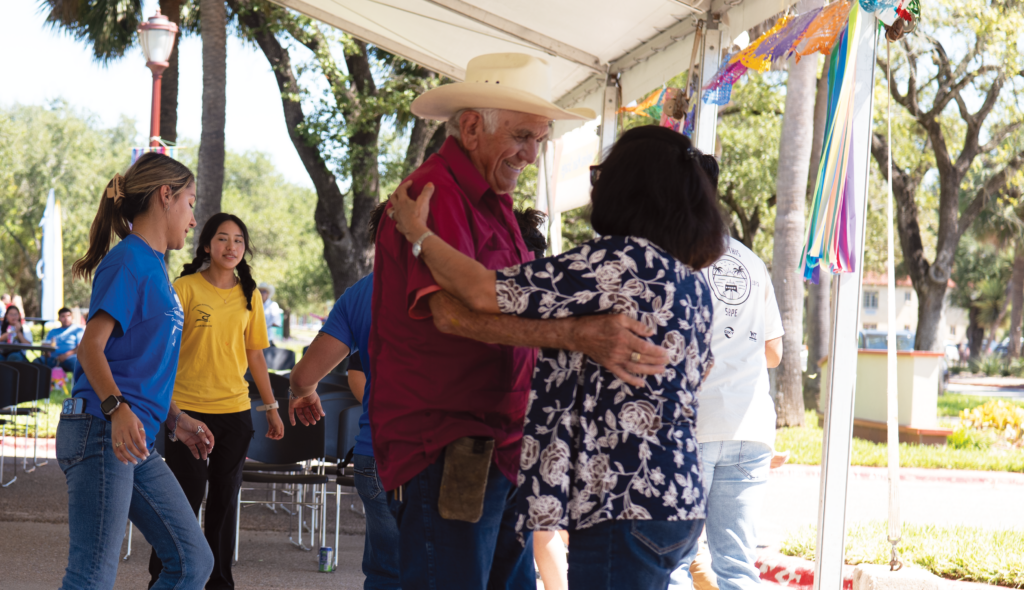
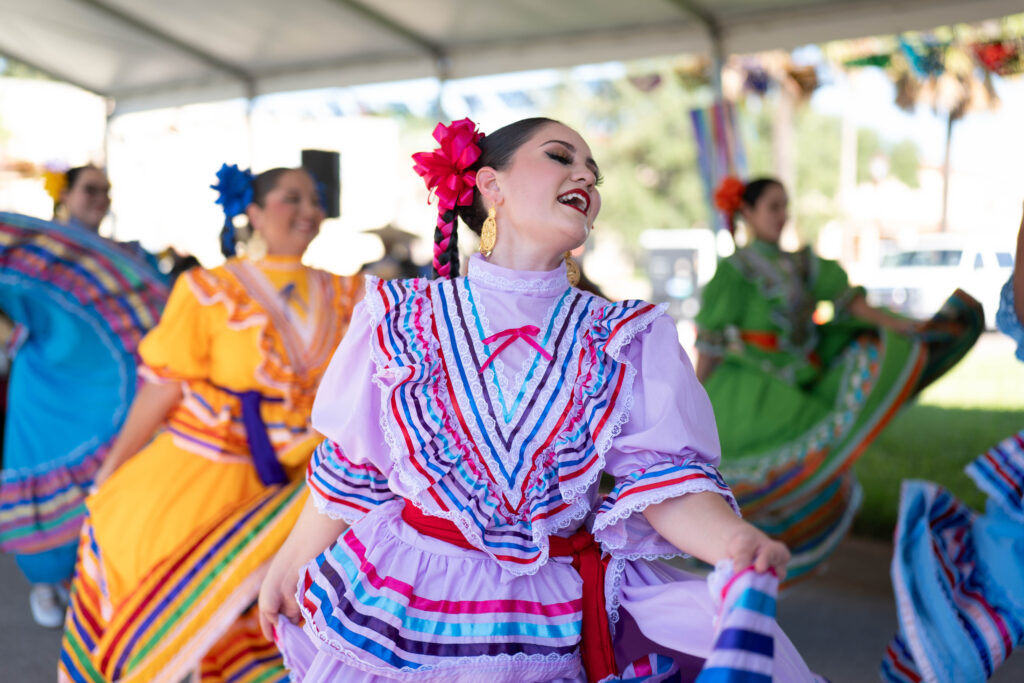
“These types of festivals are very informative to the community, and they encourage the community to be engaged and to care about the culture, and about the process, and the history behind all this tamal process here [at TAMUK],”Senior Myrka Gonzalez said.
“It provides everybody here a sense of belonging, a sense of ‘wow that is my culture,’ and I had never seen it as long as I had come to A&M Kingsville. Now it’s ‘wow I remember this song; I remember my grandma playing it and now I see a dance to it.’ So, it brings this culture that even though some of the dancers don’t speak Spanish they have been involved in Mexican American culture all their lives, and as you saw there is this energy that whether you’re a dancer or not it just brings us together,” Associate Professor of History and Director of the Mexican American Studies Institute Dr. Alberto Rodriguez said.
Grupo Herencia Javelina is more than a dance group, it is something personal and meaningful to the dancers.
“My favorite part of being a part of this group is that I am able to dance and express my rich culture and heritage through Folklorico, as well as being able to dance different regions and wear different vestuarios that are so beautiful with their vibrant colors and styles, and most importantly creating new friendships and a new group where everyone is welcomed to be themselves, engage in representing their school and heritage, as well as learning more and more about Folklorico and the team itself,” Vice President of Grupo Herencia Javelina Samantha Salinas said.
